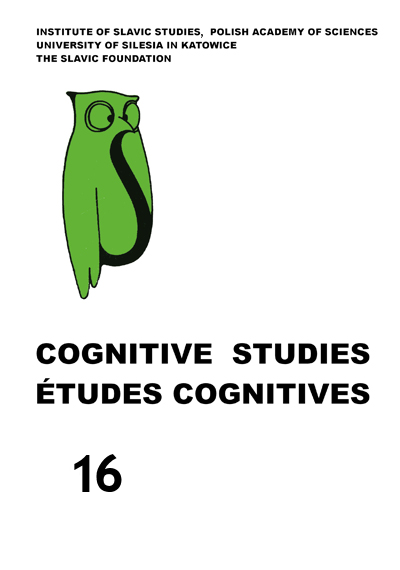EQUIVALENT CULTURE-ANCHORED UNITS TRANSLATION? THE PHRASEOLOGICAL UNITS ISSUE
EQUIVALENT CULTURE-ANCHORED UNITS TRANSLATION? THE PHRASEOLOGICAL UNITS ISSUE
Author(s): Maciej Paweł JaskotSubject(s): Lexis, Semantics, Pragmatics, Sociology of Culture
Published by: Instytut Slawistyki Polskiej Akademii Nauk
Keywords: phraseological units; cross-linguistic phraseology; equivalence; idiosyncrasy; cultureme;
Summary/Abstract: This article examines a question that has been of long-standing interest to linguists working in the fields of cross-linguistic phraseology and the translation of idiosyncratic language units, such as phraseological units (PUs). The challenge of translating PUs, which are understood as “patterns sanctioned by a given culture”, involves the translation of culturemes. Therefore, a good translator must be able to assess the importance of the elements containing cultural references in the source language while “moving” them to the target language. When translating PUs, it is desirable that interlingual (cross-linguistic) equivalence be achieved. The fact that translations of a PU can be very different (the translator can paraphrase the text, creatively change it, or simply eliminate the PU) implies that the translational equivalence of PUs must be functional. While a cross-linguistic comparison (and the achievement of translational equivalence) of PUs can be made by omitting the form parameter, it is desirable to preserve the extension and semantic structure, the connotative-pragmatic component, and the phrase combinatorics.
Journal: Cognitive Studies | Études cognitives
- Issue Year: 2016
- Issue No: 16
- Page Range: 57-64
- Page Count: 8
- Language: English

